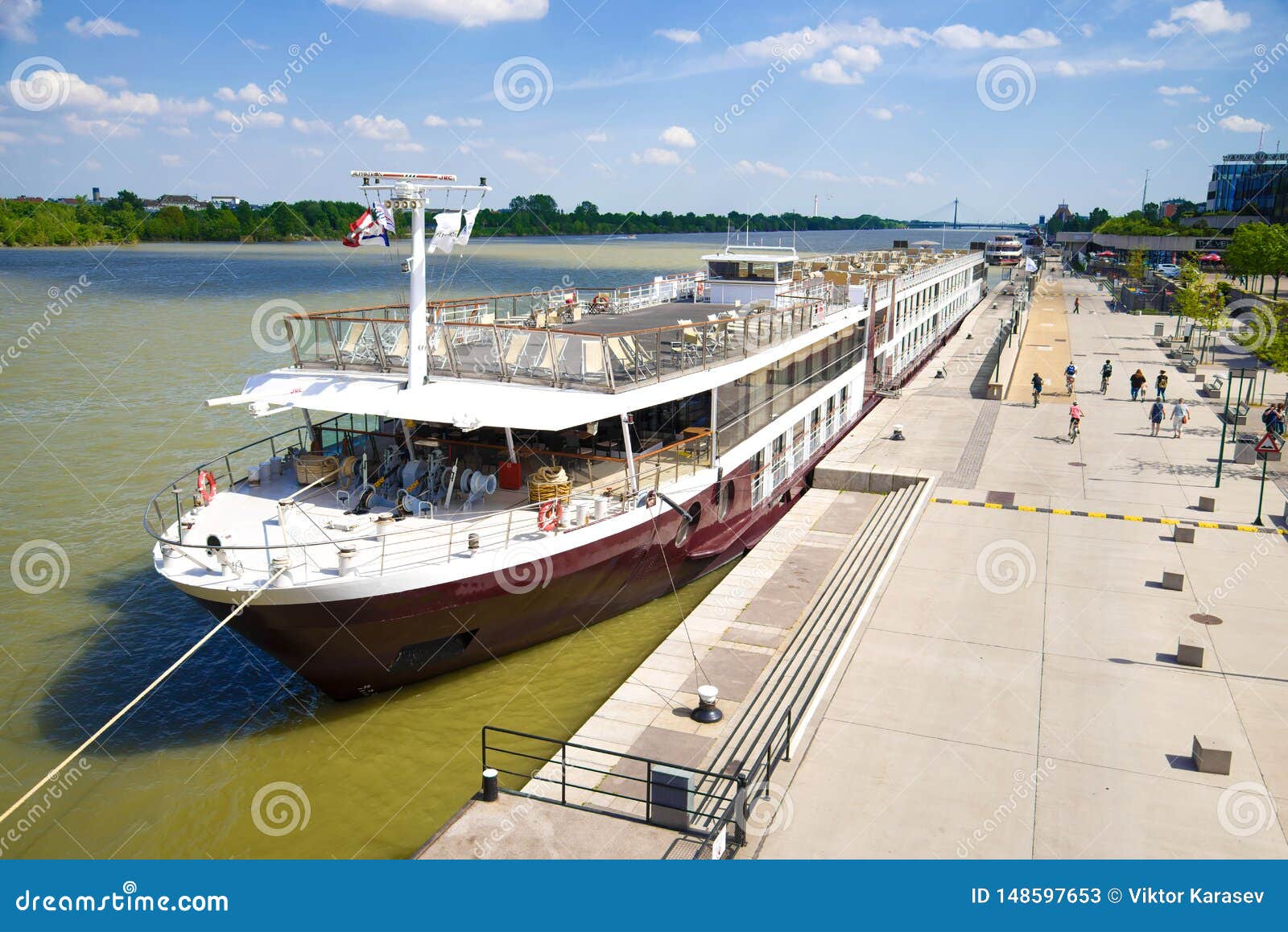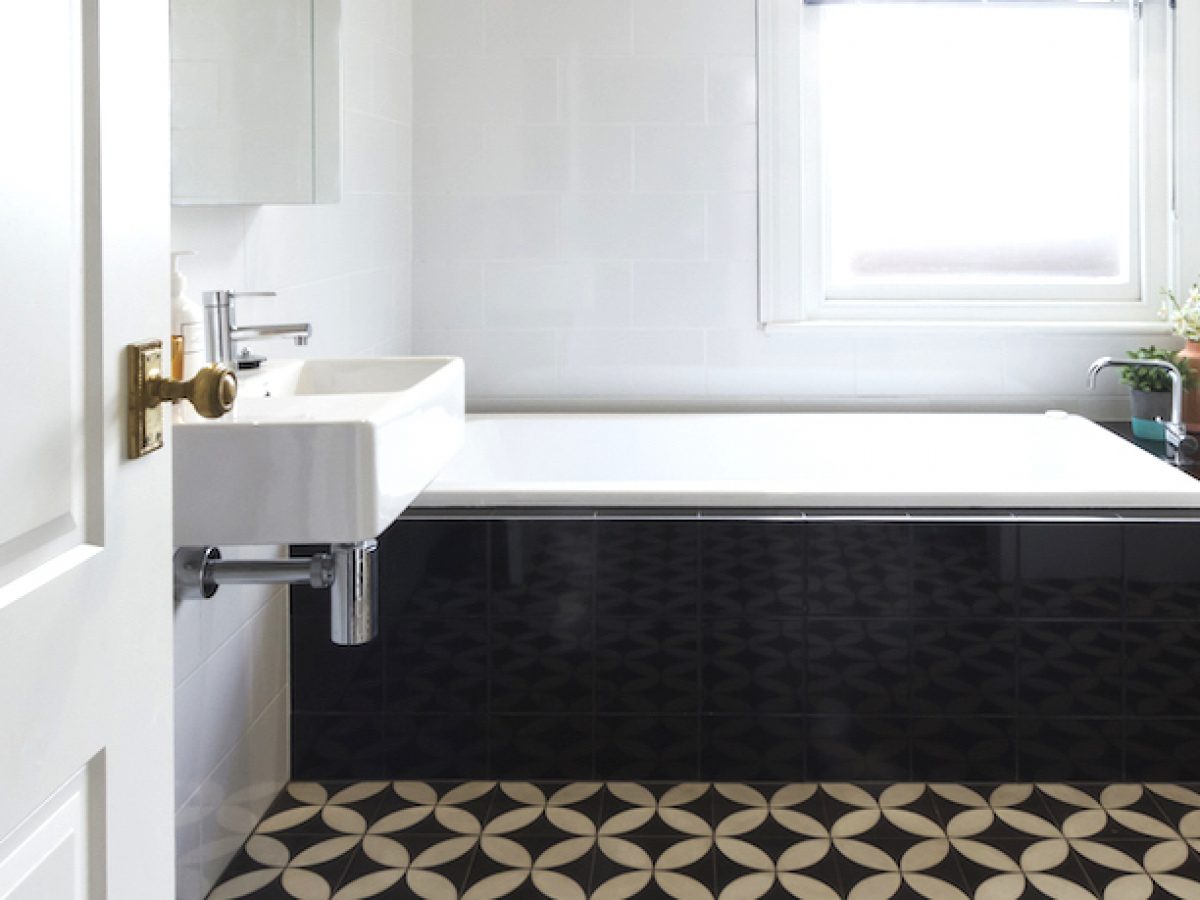Table Of Content

Choosing between a cruise ship’s port and starboard sides depends on multiple factors, such as the itinerary, stateroom type, and personal preferences. The “stern-to” docking method has recently gained popularity, especially for larger ships. This method involves the ship backing into the dock, offering more docking efficiency when port space is limited.
Cruise Type and Docking Procedures
The ship’s navigation team will use the ship’s propulsion system and thrusters to align the ship with the appropriate floating docks. A local pilot familiar with the port and the characteristics of the tide will assist the vessel. In emergencies where a ship must be evacuated quickly, its captain and navigational officers can be forced to adopt a docking procedure they may otherwise avoid. These forced docking situations can dictate which type of technique is used, as simply waiting for a more suitable docking point to become available is not an option. The advantages of being on the starboard side of a cruise ship include a view of the sea, which can be particularly appealing during sea days.
Types of Cruises and Docking Procedures

You'll also find ground transportation and tours are available from the pier to historical sites, beaches, and other excursions. We recommend you book your transportation and tours in advance as many fill up when a cruise ship is in port. Cruise Hive was established back in 2008 and among the earliest blogs in the industry. Since the start, it's been our aim to provide the latest cruise news covering all the major cruise lines.
Most popular port guides
Carnival Glory Sets Sail For Now Home of Port Canaveral - Carnival-News.com
Carnival Glory Sets Sail For Now Home of Port Canaveral.
Posted: Thu, 18 Apr 2024 18:53:17 GMT [source]
You won't be able to leave the ship without your cruise card, nor will you be able to return to the ship without it, so keep it close to you at all times. In most ports, you won't need your passport, so leave it locked up in your room's safe. It's a good idea to carry a photo or a photocopy of your passport with you, though, in the event of an emergency, as well as photo ID, a small amount of cash and one credit card. It's also a good idea to have the number for your ship, your cruise line, the ship's port agent and the nearest U.S. embassy or consulate on hand. In the rare event that you get stuck in port and your ship leaves without you, those contacts will be invaluable.
Read on to confidently navigate your next cruise and make the most of your journey. Enjoy seamless sailing by understanding the nuances of port vs starboard, unraveling the history of docking, and making the best cabin choice based on the docking procedures. Depending on the depth of the water and the available infrastructure at the port you're visiting, your ship will either dock at a pier or anchor offshore. If your ship is docked, you'll be able to simply walk off the vessel directly onto dry land via a movable ramp called a gangway. If it's anchored, you'll have to take a tender -- a small boat that ferries passengers ashore in groups.
In ports that have significant tidal fluctuations, floating docks can be used. Rather than a fixed dock, the port uses docks that move in elevation with the rising and lowering of the tide. These floating docks are attached to the shore with flexible connections that can move with the tides. Rather than using the traditional docking technique of aligning the ship parallel with the dock, Mediterranean Mooring involves docking at an angle of about 30 to 45 degrees. Others may use fixed rather than floating docks, so tidal conditions at the time of docking can force the vessel to dock in a certain way.
Or, learn about the unique Crucian culture and history by taking a guided tour or visiting some of our historic attractions. One of the significant advantages of this type of docking is that it means docks are located on both the starboard and port sides of the ship. One side of the vessel can allow passengers to come and go from the ship, while the other can be used to restock the ship with supplies and fuel.

Tour Two Historic Forts
Sometimes one port of call will be replaced by a visit to a different port; other times, a stop will be skipped altogether and replaced with a sea day. Depending on the reason for the modification, your cruise line might or might not choose to compensate you for the change. We recommend that you book in advance to be sure to reserve a space and to ensure that your activity will fit within your cruise ships sailing schedule. St. Croix is known for our world class scuba diving, but here you can also enjoy sailing, snorkeling, sport fishing, kayaking, and lots of different water sports. On land, everything from golf to horseback riding can be found here on St. Croix. Try hiking one of our many trails, visit the national parks, take an ATV or zip line tour, and visit the local distilleries.
Once the ship has been attached to the floating dock with mooring lines, the local pilot can authorize the cruise ship to allow passengers to disembark. This docking technique involves aligning the ship parallel to a stationary dock. The ship’s navigational officers work with the port’s head pilot to maneuver the cruise ship alongside the dock.
With larger cruise ships, maneuverability can be a concern in tight spaces. The port where the cruise ship intends to dock plays a significant role in determining which type of docking technique the vessel will need to use. Some have narrow waterways, which restrict how ships can navigate the port. While it is not always possible to know in advance which side of the ship a cruise will dock on, some cruise lines may provide this information to passengers. Additionally, it is worth noting that the side of the ship that docks at a port may vary depending on the ship’s size and the port’s layout.
Hurtigruten, a Norway-based line that's a cruise ship-ferry hybrid, has some stops as short as 15 minutes. Other cruise lines, particularly ones that focus on destination immersion, offer overnights in port, which means you could be there for as long as a couple of days. The standard, though, is somewhere between five and nine hours, with a morning arrival and late afternoon departure. You'll also want to bring with you anything that might be helpful for your day in port, such as a day pack with a bottle of water, a camera, a map and a snack. Check the weather and bring a hat, sunglasses, bathing suit, rain jacket, umbrella or scarf and gloves, as needed.
We will also explain why the different methods are employed, rather than all vessels using the same basic process. When it comes to docking, cruise ships don’t have a fixed side, they can dock on either the port or starboard side. Various factors influence this decision, such as the layout of the port, weather conditions, and the ship’s size.

No comments:
Post a Comment